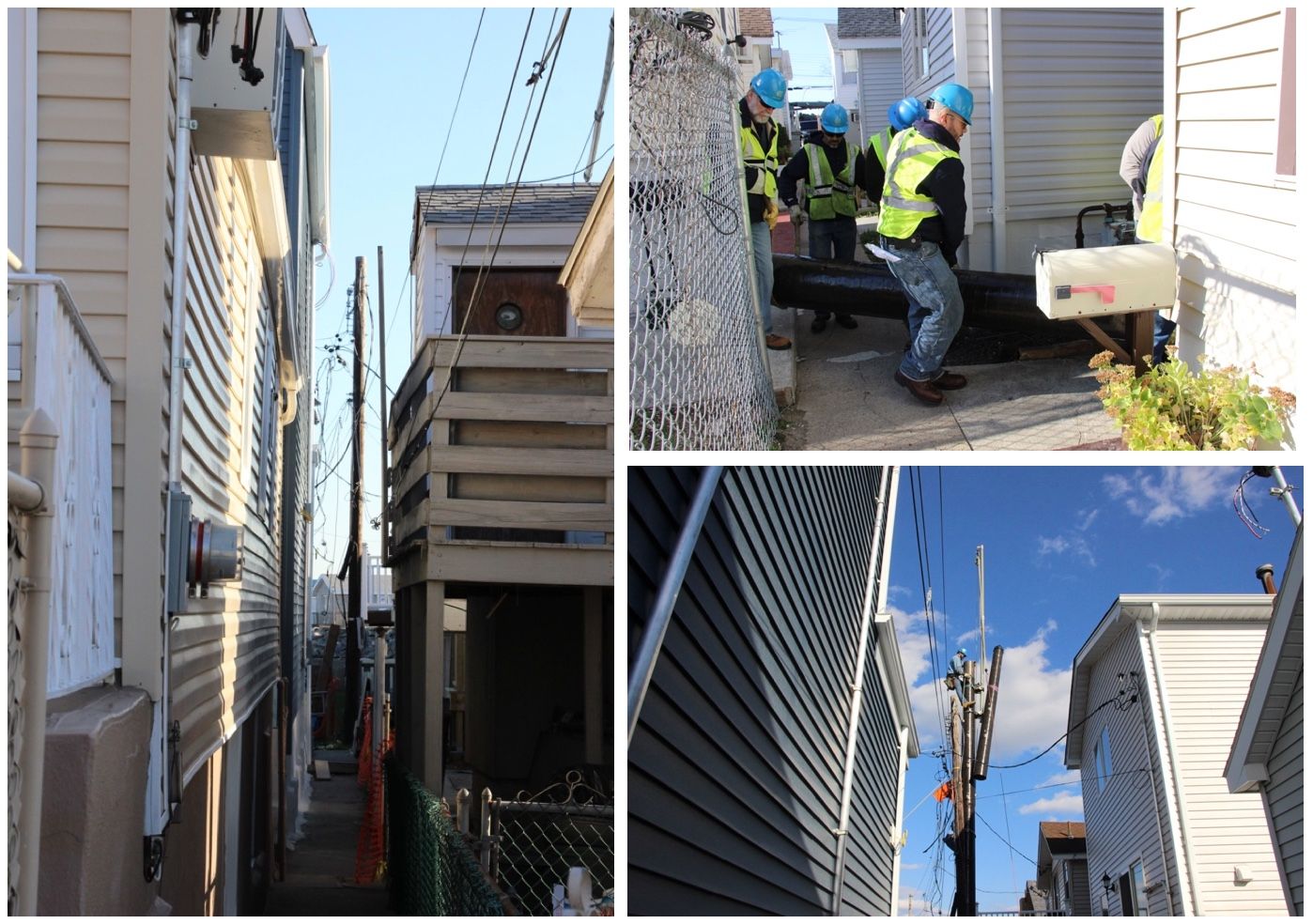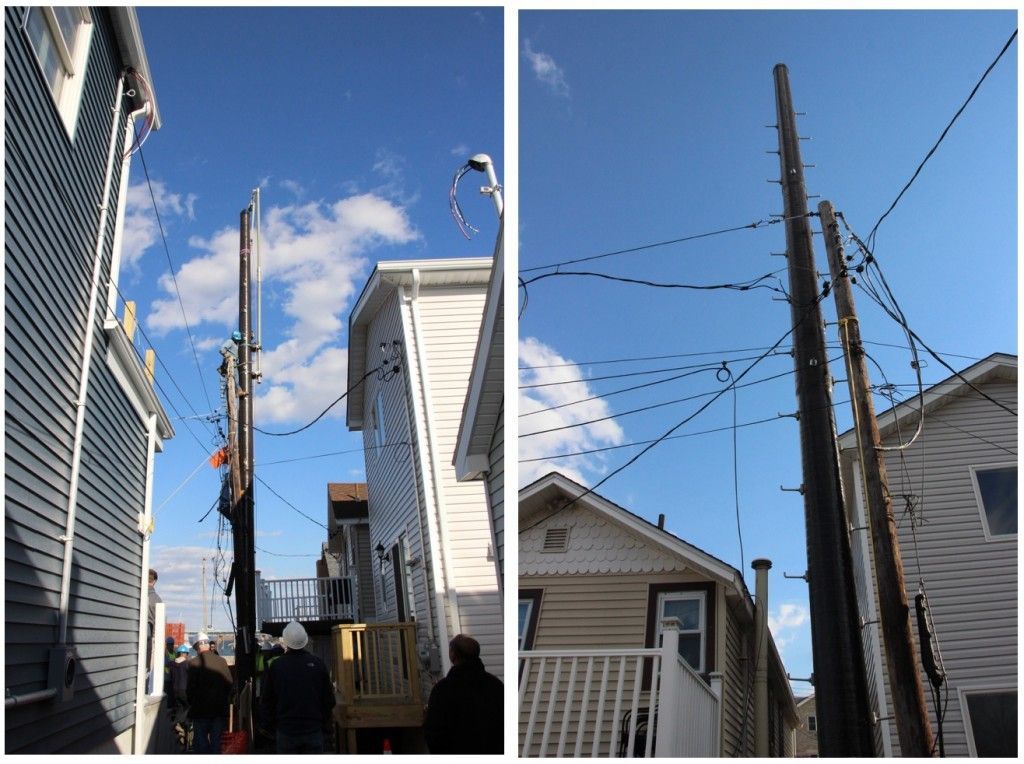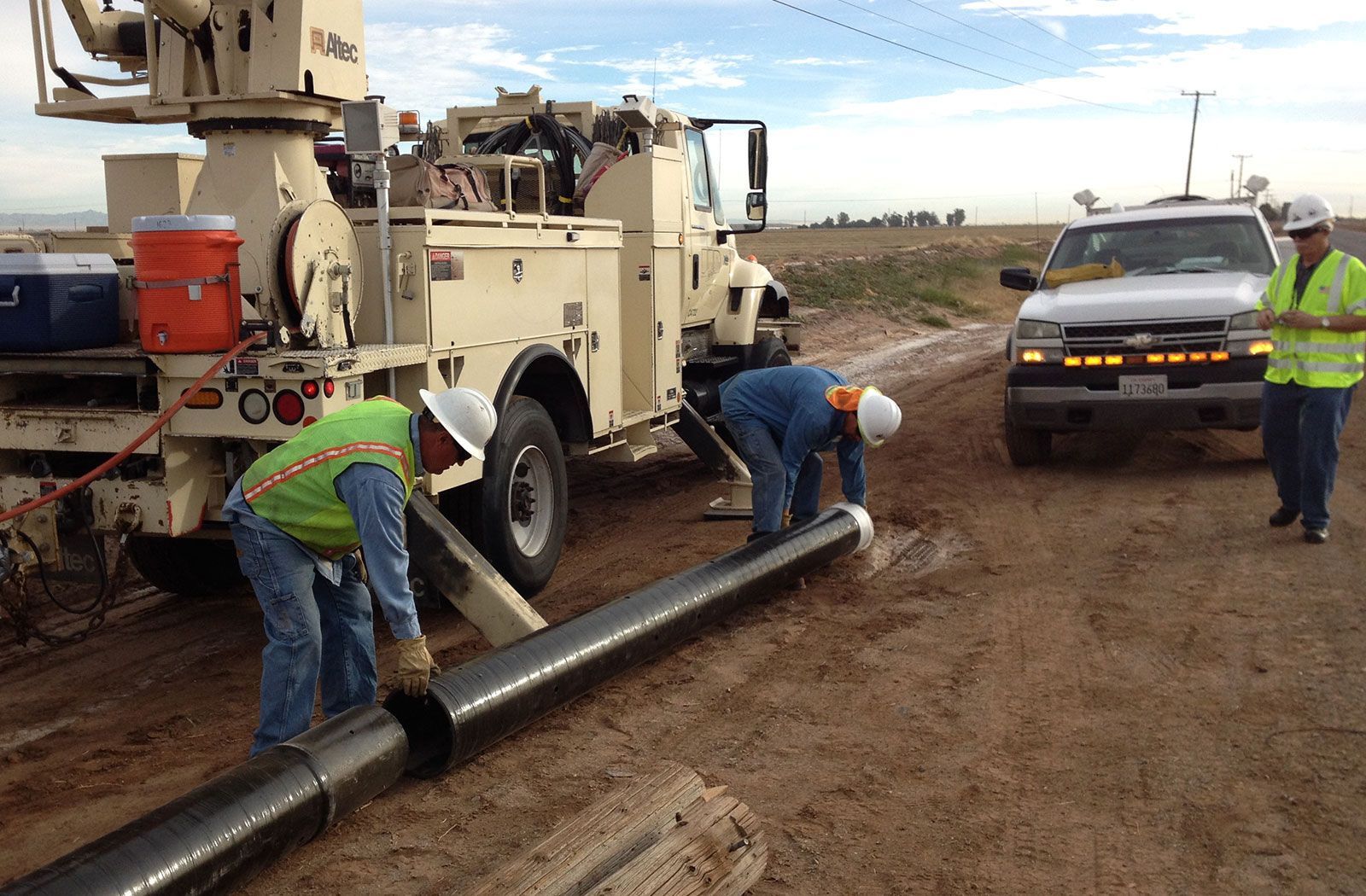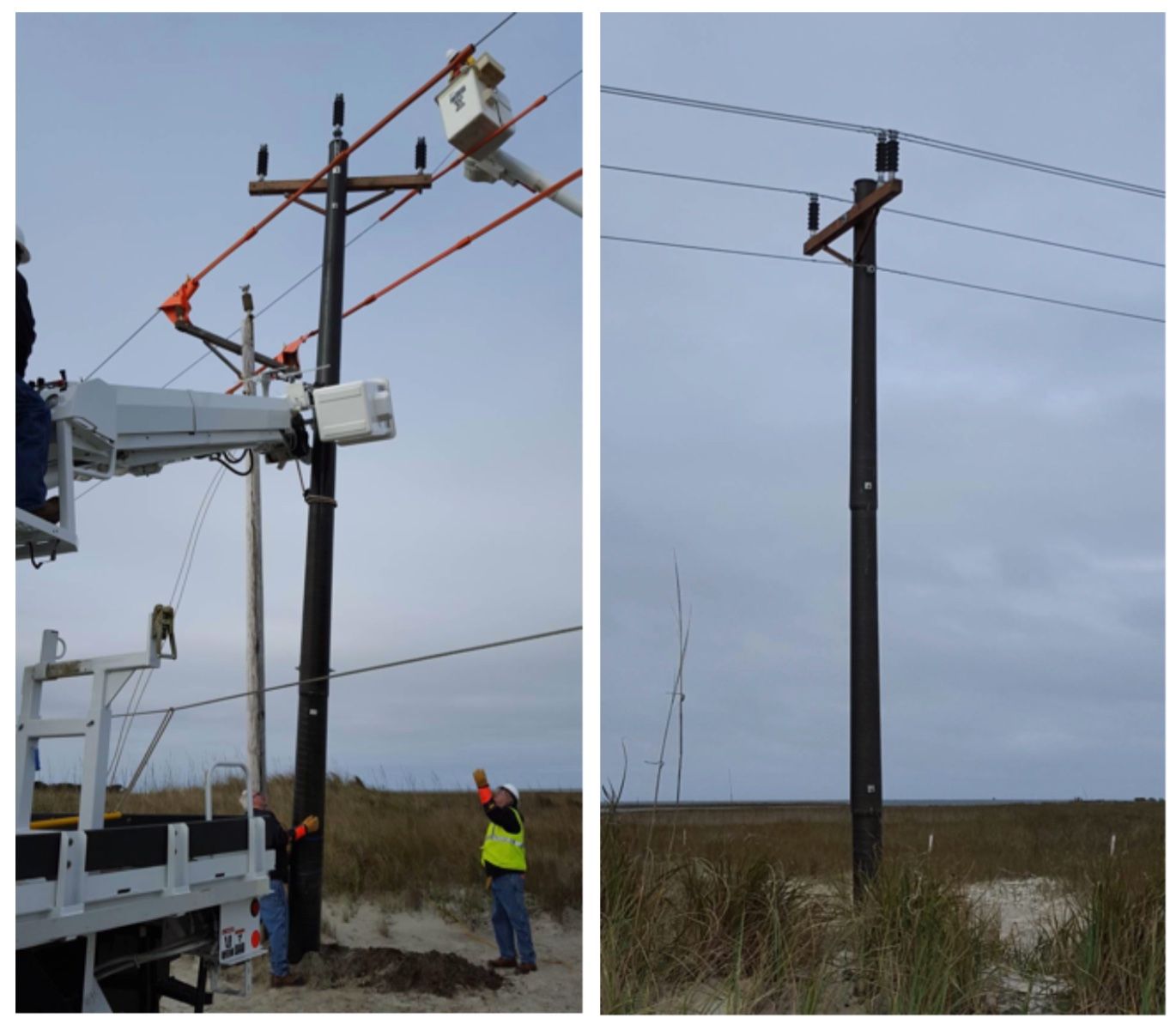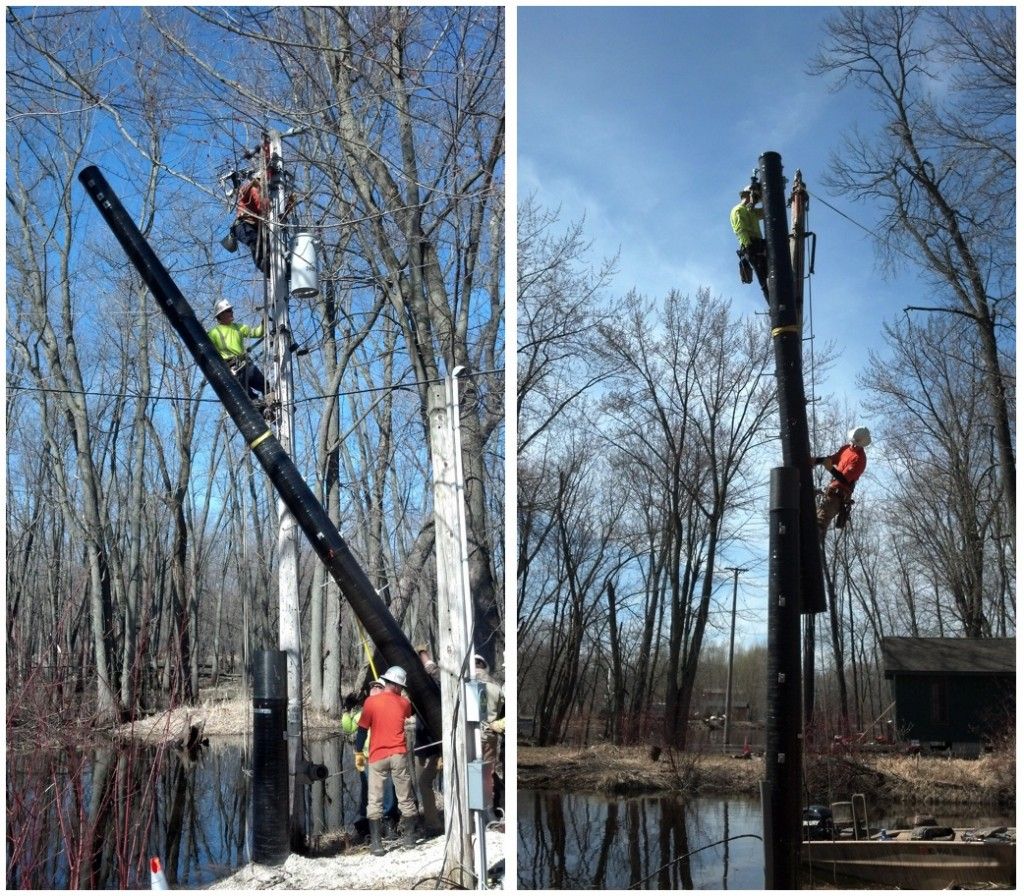Used Utility Poles vs. Modern Composites: Safety, Cost, and Environmental Tradeoffs
Used Utility Poles vs. Modern Composites: Safety, Cost, and Environmental Tradeoffs
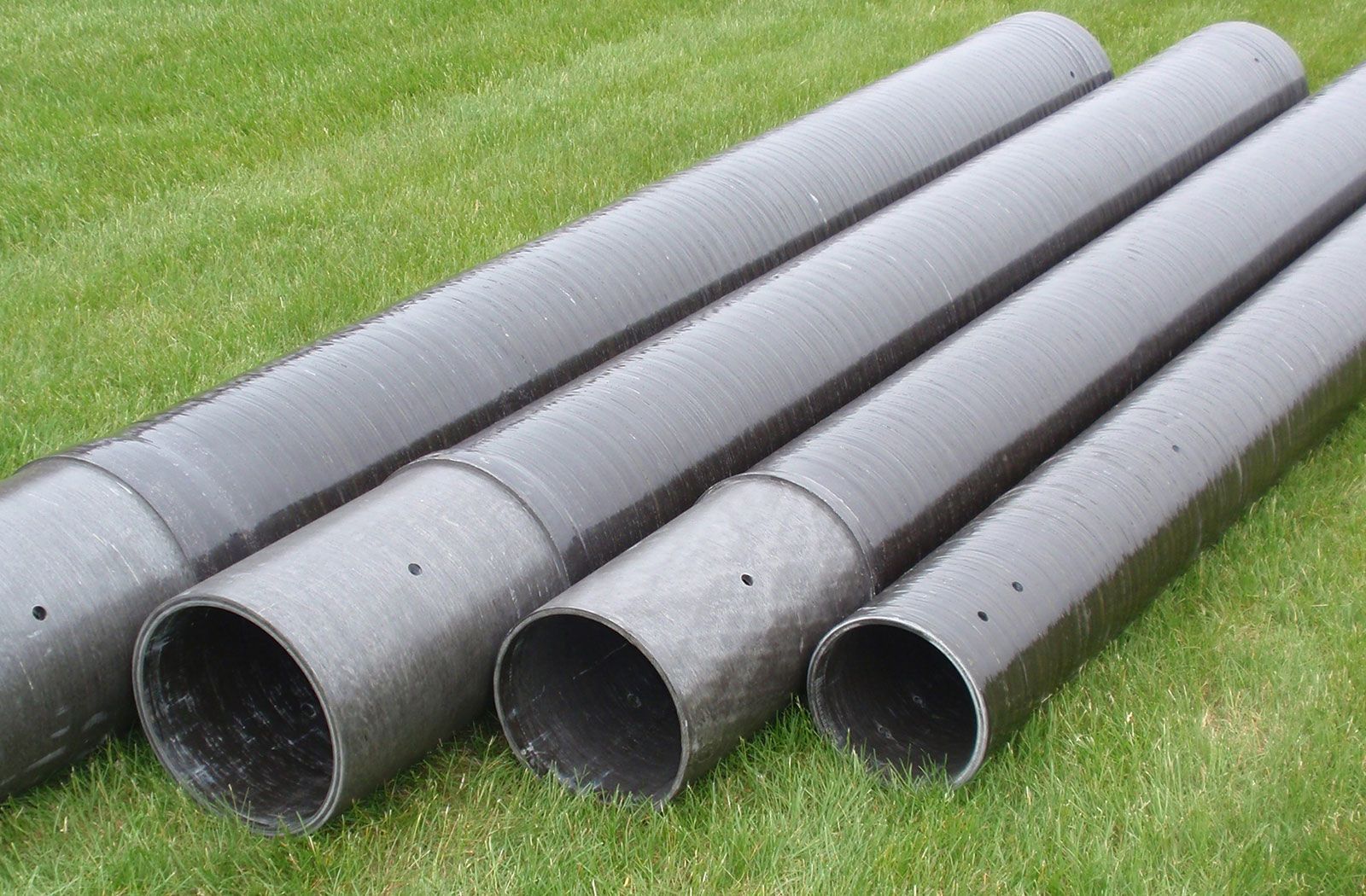
Unknown histories create hidden costs
“Used utility poles” can look economical—until remaining life, inspection cycles, and environmental risk are fully accounted for. Prior loading, age, treatment quality, insect activity, and decay aren’t always documented, leading to uncertainty that becomes more frequent inspections and higher replacement risk. Each replacement triggers excavation, traffic control, and property restoration—items that often dwarf the initial discount.
Reliability in real weather
In high wind, heavy ice, or roadside-strike corridors, material choice shapes outage risk. Composite poles offer high strength-to-weight and non-corrosive, non-conductive performance. They help limit cascading failures and simplify replacement, which translates into fewer customer-minutes out and safer work zones for crews and neighbors. Faster segment swaps also reduce time in the roadway and shorten detours for emergency services.
EHS and permitting considerations
Reused wood can involve preservatives and coatings that complicate work near wetlands, watersheds, or coastal areas. Inert composite materials avoid rot and corrosion without hazardous preservatives and can be recycled or disposed of safely at end of life. That simplifies permits, reporting, and community engagement—and keeps environmental review focused on the route rather than the structure itself.
Model total cost of ownership
Extend your view to 20–30 years (or more) and include inspection labor, treatment cycles, replacement frequency, restoration of disturbed property, traffic control, and outage penalties. Many utilities find longer service life and zero routine maintenance tip the economics toward composite—even if day-one pricing favors used wood. Add a “customer impact” column—claims and communications—to see the full picture.
Insurance, liability, and community impact
Failures have costs beyond parts and labor. Vehicle strikes and weather events that bring down older wood can trigger claims, emergency detours, and negative press. Using materials that resist rot and corrosion—and that allow fast, safe section swaps—reduces time in the roadway and improves public safety outcomes.
Repurposing outside the utility
If policy requires reuse for sustainability, consider down-cycling used wood into non-structural roles—temporary barriers, construction mats, or yard fixtures—where failure risks are low and inspections are simpler.
Procurement guardrails (if you still consider reuse)
Traceability, defined inspection methods, pass/fail criteria, full-package pricing, and warranty terms—documented and enforced.
When reuse can still make sense
Reserve it for low-risk, easy-access environments with a rigorous inspection plan or temporary runs. Standardize documentation so lessons learned flow back to engineering.
For side-by-side scenarios, browse Applications; to quantify long-term economics and sustainability results, see Benefits. Keep stakeholders aligned with Types of Utility Poles and installation specifics in Utility Pole Installation.


